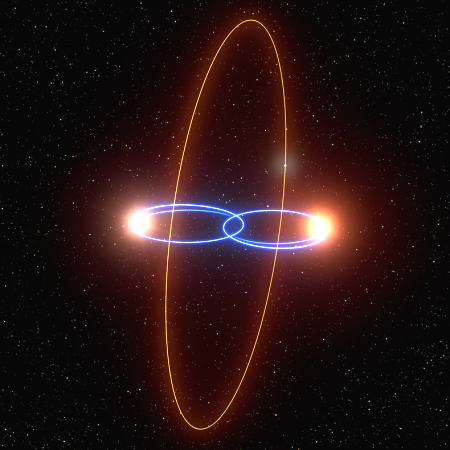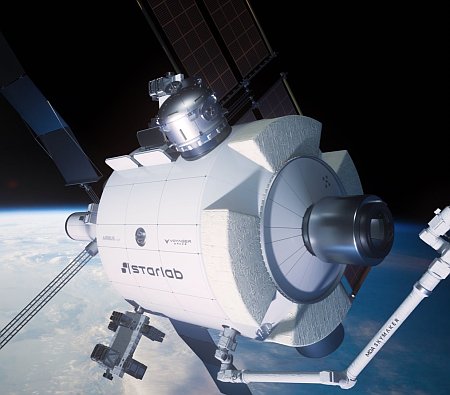Space Force to cut civilian workforce by 14%
As part of the Trump effort to reduce the size of the federal government, the Space Force will by the end of this year reduce its civilian workforce by 14%.
Civilians comprise about 5,600, or more than one-third, of the service’s 17,000 people. “Total reductions have been almost 14 percent of our civilian workforce inside the Space Force,” Saltzman said. That number is higher than the 10 percent Space Force officials previously expected to take.
And both numbers suggest that the Space Force is losing proportionally more civilians than the rest of the Defense Department, which Secretary Pete Hegseth is working to cut by five to eight percent—a process that has caused widespread uncertainty and fear among federal employees.
As is usually the case with today’s press, the article provides many quotes from people decrying these cuts. I say, it probably isn’t enough. The main job of the Space Force at this time is to issue contracts to the private sector to build satellites and spacecraft for the military. That work does not require a gigantic workforce, and it is very likely, based on the actions of this department during the Biden administration, that its leaders have been focused more on empire building that doing their job. Trimming that work force is likely practical and smart.
As part of the Trump effort to reduce the size of the federal government, the Space Force will by the end of this year reduce its civilian workforce by 14%.
Civilians comprise about 5,600, or more than one-third, of the service’s 17,000 people. “Total reductions have been almost 14 percent of our civilian workforce inside the Space Force,” Saltzman said. That number is higher than the 10 percent Space Force officials previously expected to take.
And both numbers suggest that the Space Force is losing proportionally more civilians than the rest of the Defense Department, which Secretary Pete Hegseth is working to cut by five to eight percent—a process that has caused widespread uncertainty and fear among federal employees.
As is usually the case with today’s press, the article provides many quotes from people decrying these cuts. I say, it probably isn’t enough. The main job of the Space Force at this time is to issue contracts to the private sector to build satellites and spacecraft for the military. That work does not require a gigantic workforce, and it is very likely, based on the actions of this department during the Biden administration, that its leaders have been focused more on empire building that doing their job. Trimming that work force is likely practical and smart.










